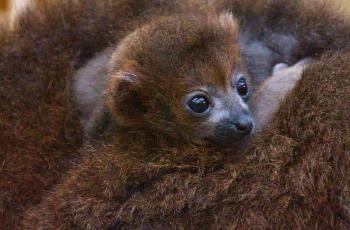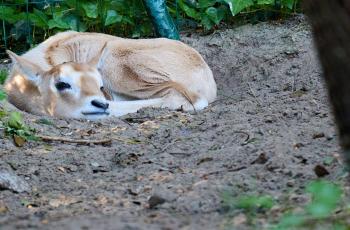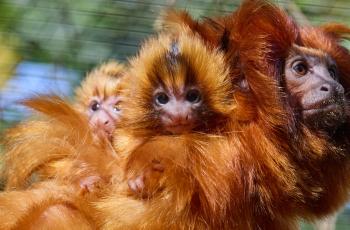Nous soutenons les acteurs de terrain dans leur combat pour préserver la nature et la biodiversité.

Palmyre Conservation finance actuellement plus d’une vingtaine de programmes de protection d’espèces dans le monde.
A travers cet engagement, nous souhaitons contribuer à l'établissement d'un équilibre durable entre les besoins de la faune sauvage, le développement des communautés humaines et l'utilisation des ressources, en vue de préserver à long terme notre environnement naturel.






